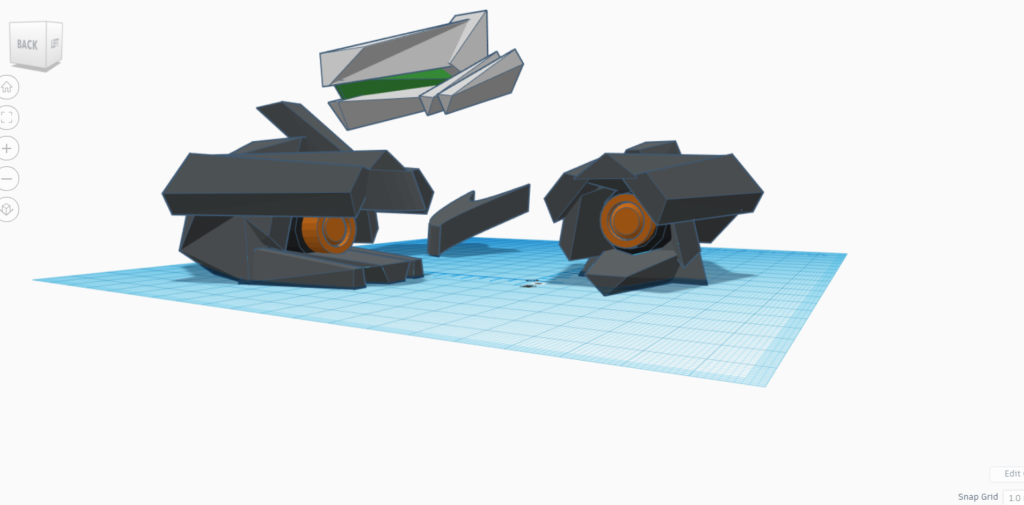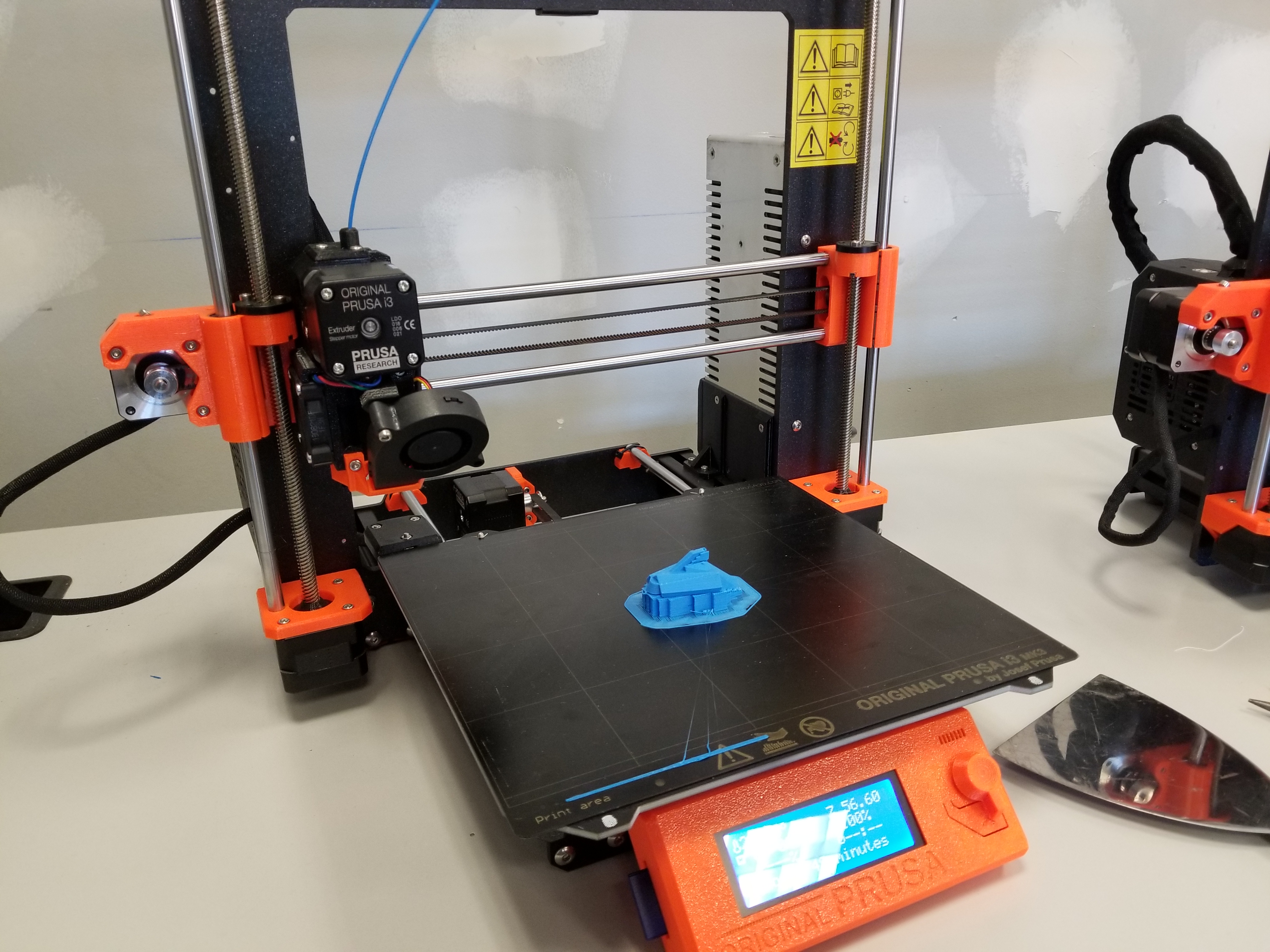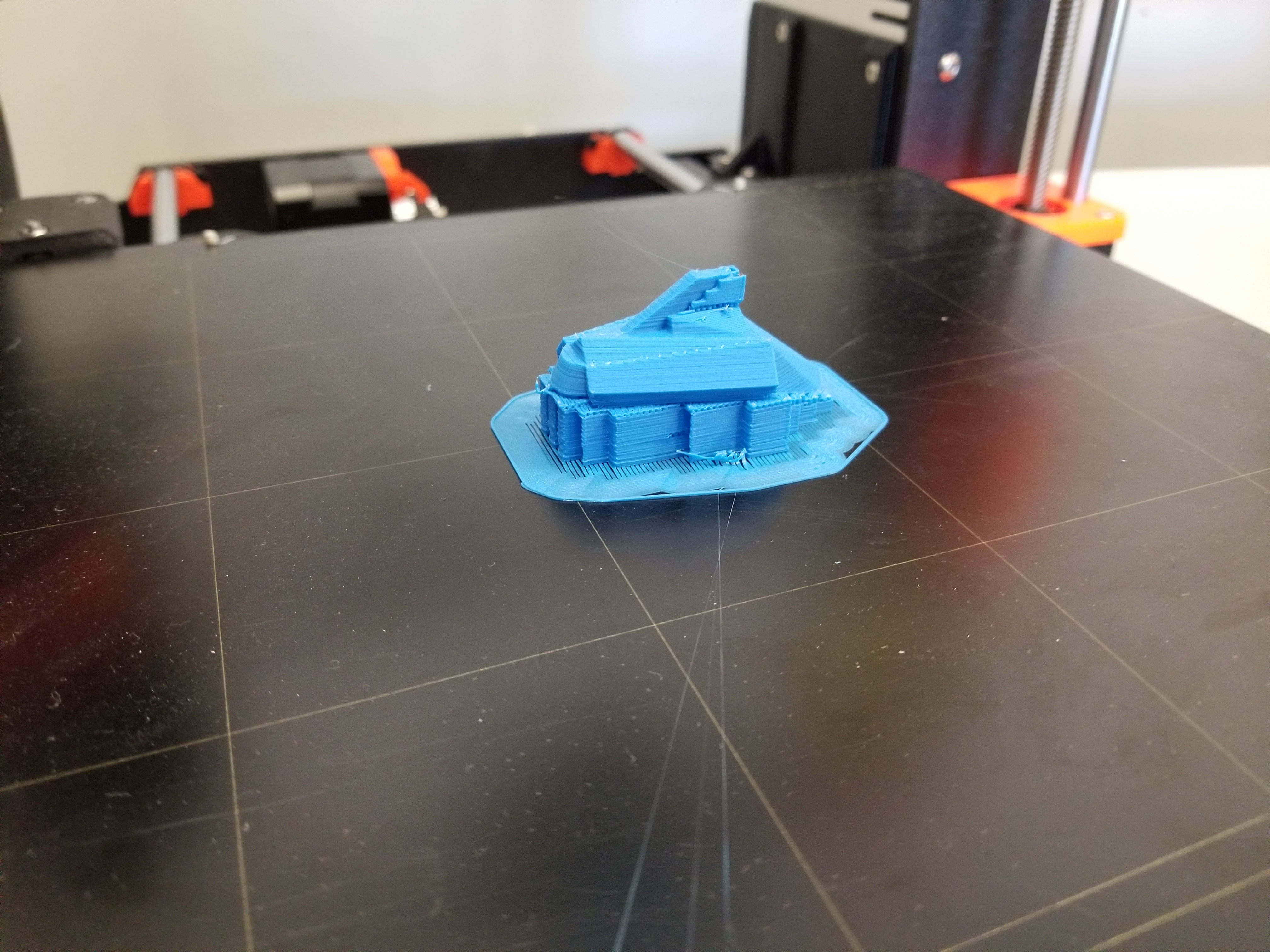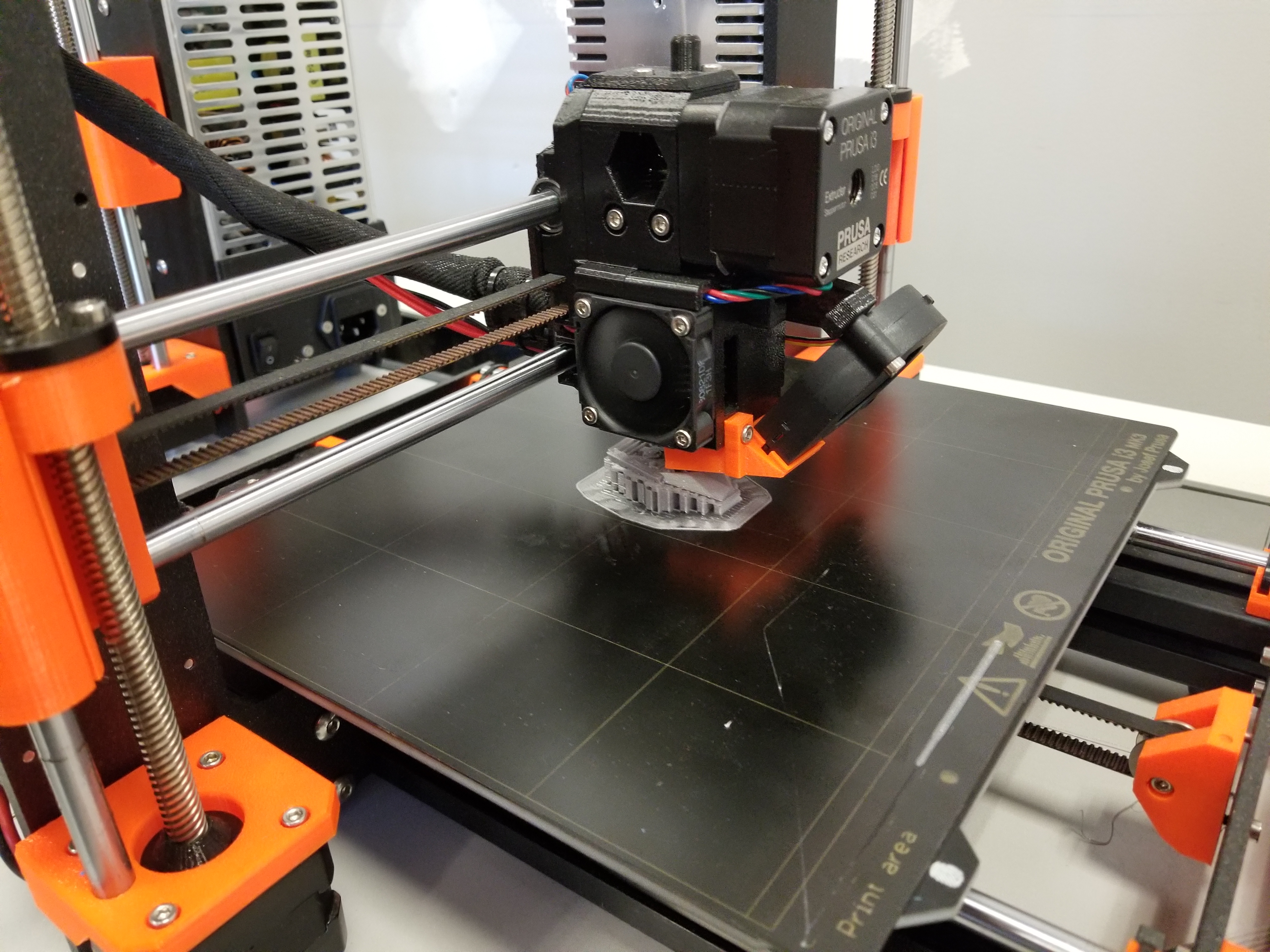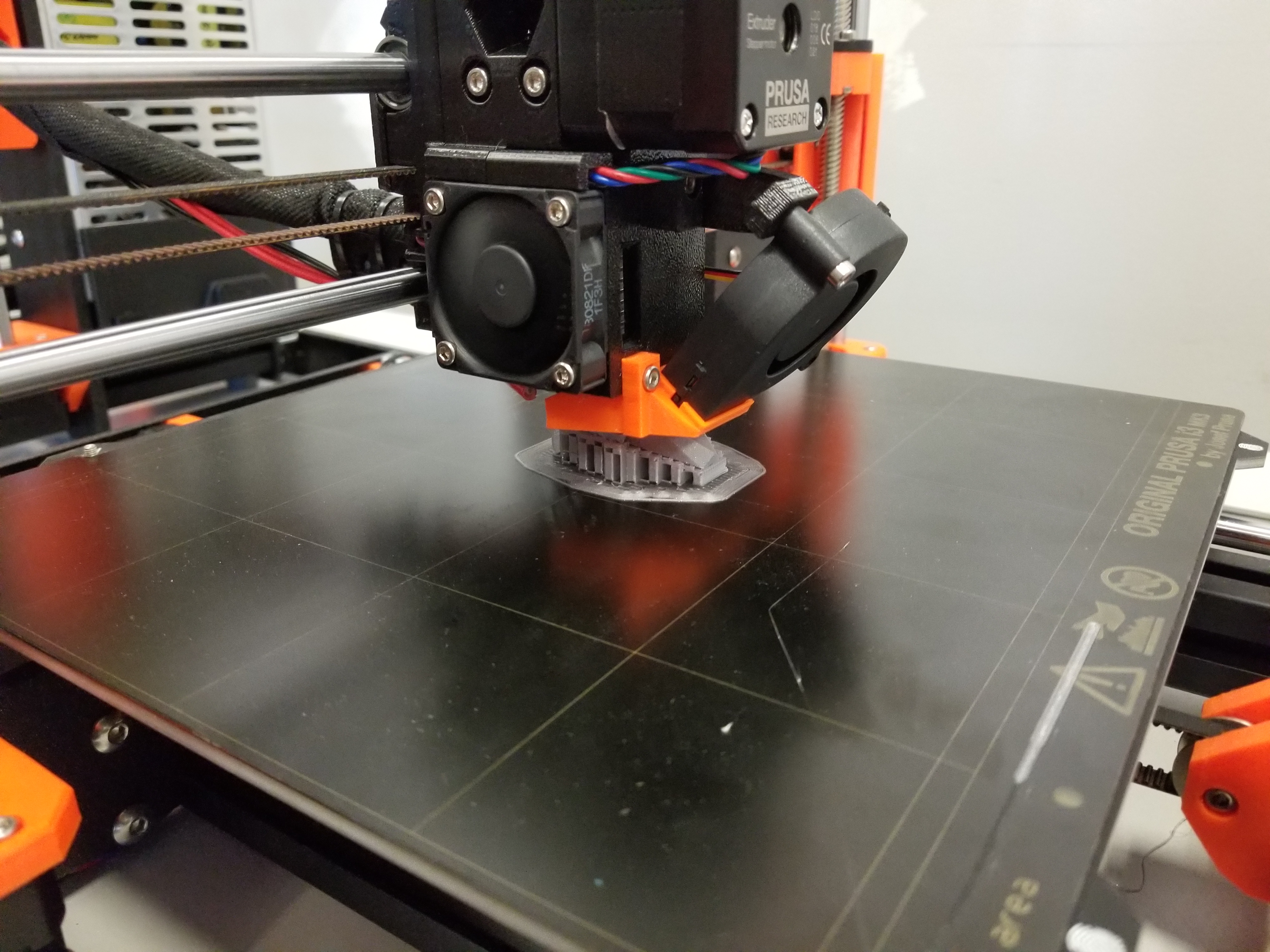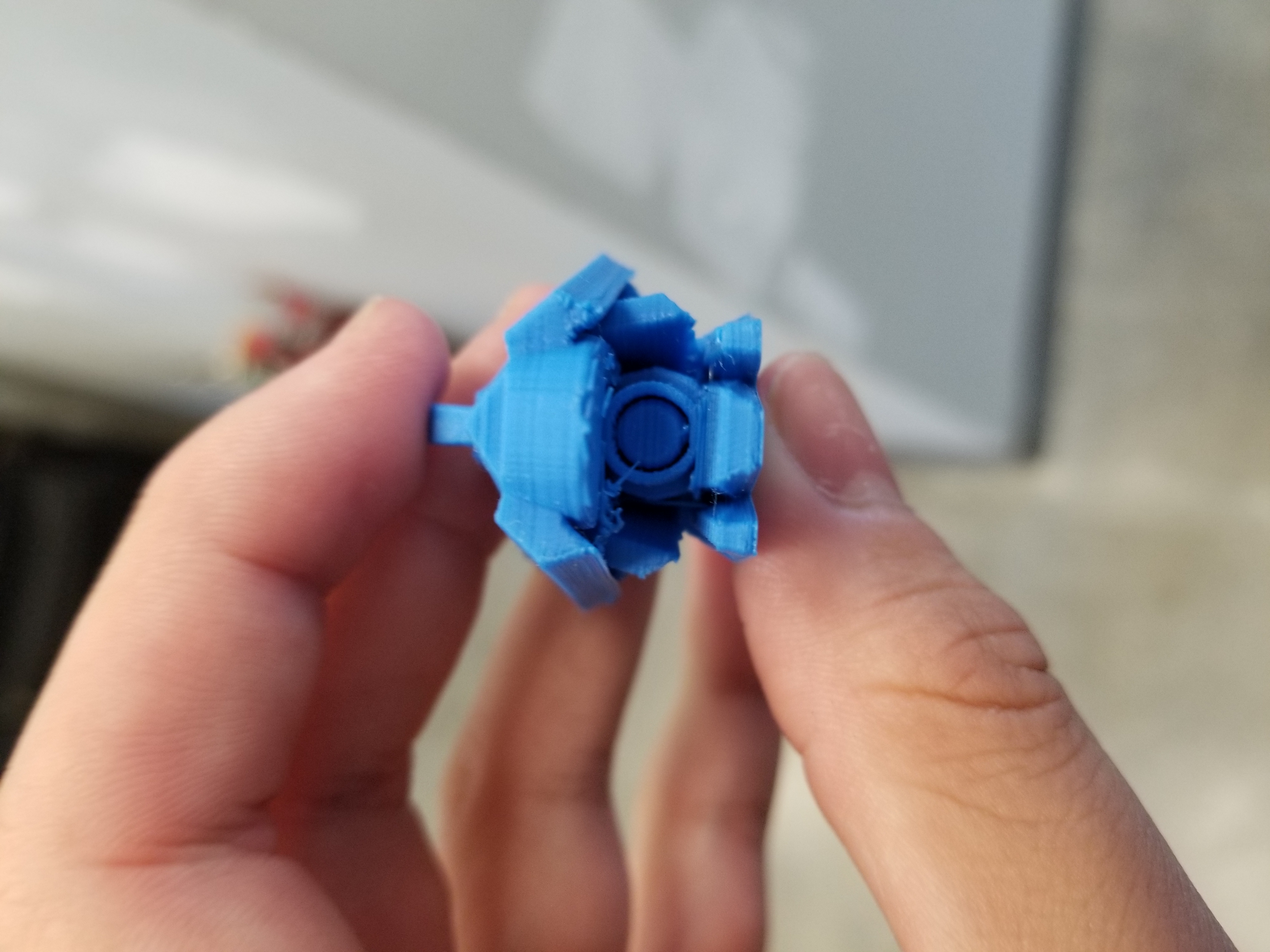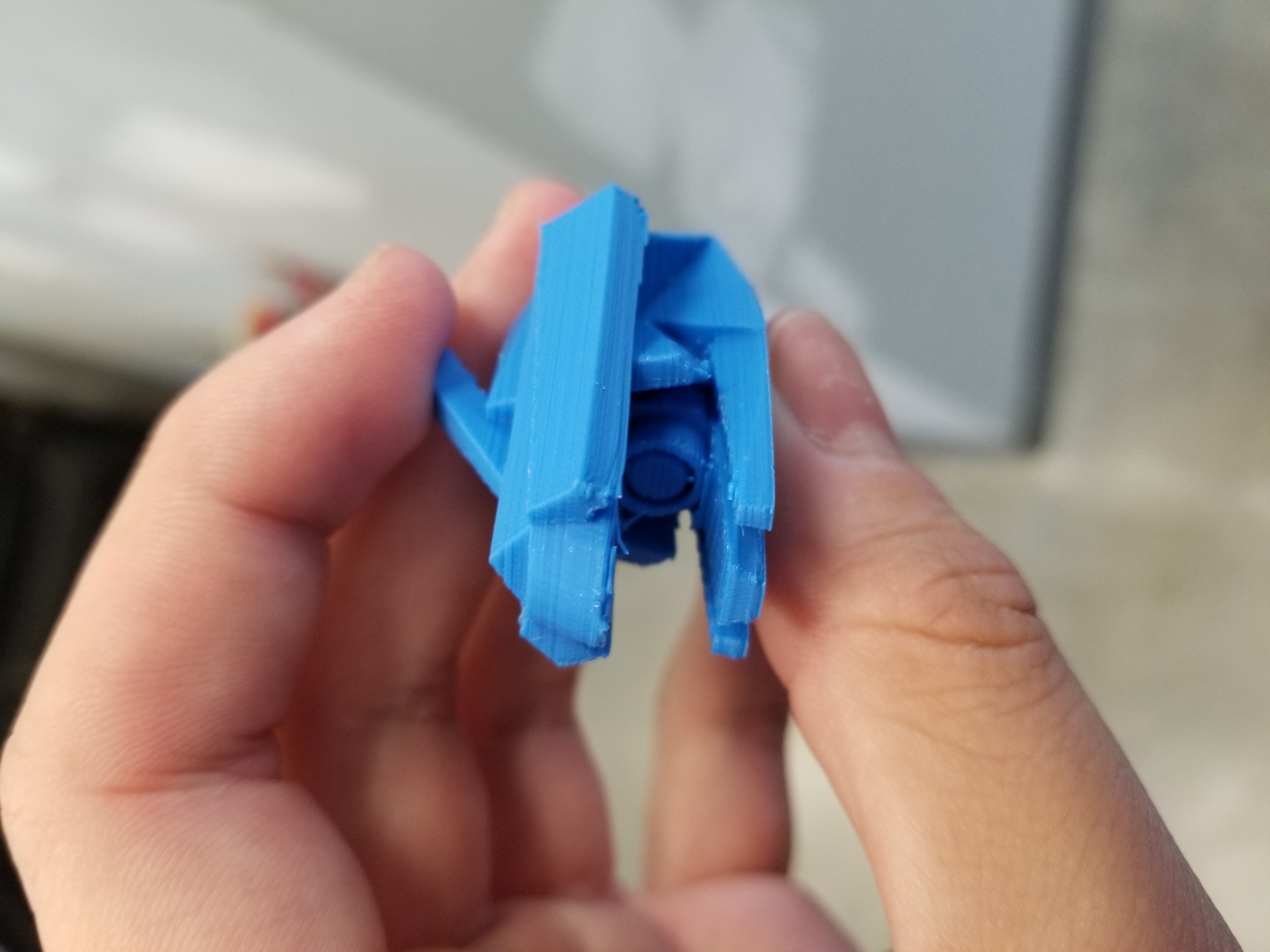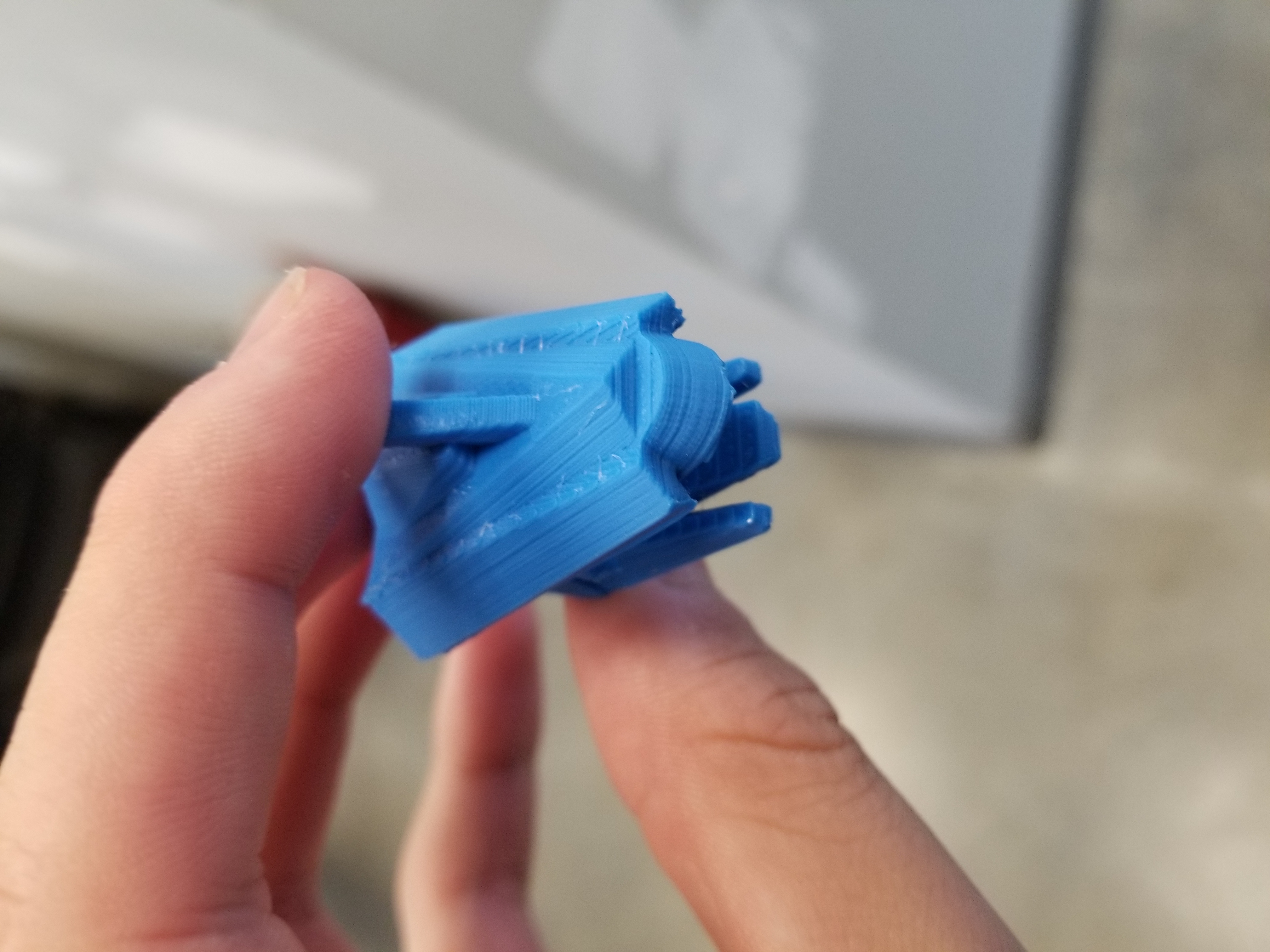I decided that for my senior thesis I wanted to blend to interests of mine, toy figures and 3-D printing. For several years now I have collected various toy figures as a hobby of mine. I always love the articulation and detail that certain figures have. Recently though, thanks to a Digital Fabrication class I took last year, I was introduced to 3-D printing and instantly fell in love with it. Now with thesis I have the chance not to only collect toys, but have the chance to design and make my own. I want to show people my creations in a very tactile and fun way. Anyone at one time or another during their childhood has played with toy figures and I bet some of them decided that they wanted to take them apart and make their own, (albeit in a probably destructive and messy way). What I want to do is make a toy figure that takes the key essence of 3-D printing at its core, its relative limitlessness. Say you have shelving holder problem, just print the holder. Missing part of a furniture piece? Take the dimensions of one and print it yourself. Gifted a plant, but don’t have a pot on hand? Well make the pot! I want this idea that a toy isn’t set in 2 arms, 2 legs, and a head. I want it so that you can mix and match arms and legs to your liking, giving it a personal touch that only you can do.
At the baseline for my project, I want to give you a toy figure that has sets of arms and sets of legs with multiple attachment points for various tools. There will be “hard points” on places like shoulders and arms to also add on some customization. Yet I have to mention that the overall inspiration of my toy is not human like at all. I didn’t grow up playing with action figures, but more of robotic mechanoid types of toys, boxy and rigid. Human anatomy can be a tough thing to deal with when you’re an amateur toy designer, but a robot/mecha gives so much freedom to work with. It makes more sense to be able to change out parts on a bionicle than a he-man .
As for materials, it will be a 3-D modeling program, a 3-D printer (or two, or three) a sketch book and my brain. While it may seem simple to have just these things to work with, that couldn’t be farther from the truth.
There’s a reason being a toy designer is a fully fledged professional job. Its part design, part engineering, part psychologist. You have to design a toy that is pleasing to the eye based on the trend and minds of a set demographic while also making it structurally sound in the even of rough play. Using a robot as a baseline helps me give a scaffold versus a human like toy, but then again the designing can be hard. It has to make sense to the person enjoying the toy, not me. Also I have to account that my project solely depends upon my ability to use effective the printers in the IMM makerspace. I have to make sure my prints work out successfully while dealing with the fact that failed prints that hours long will happen and I will not be the only one using the space A failed print will be an up and a down. It will show me where I went wrong, but also tell me that 6 hours of printing went up in a plastic mess. There will be times that I design something great only for it to not work out in the product. I am not an engineer so I don’t have the full knowledge of what goes to what in structural things. Though I do love just watching the printer print so in the end, it will still be me doing something I love
Below are some is a very very rough prototype of a robotic head I printed this week. I took 1hour and a half just to print it so keep in mind, its a long process with a promise of iffy results. Nonetheless its fun to do and look at
